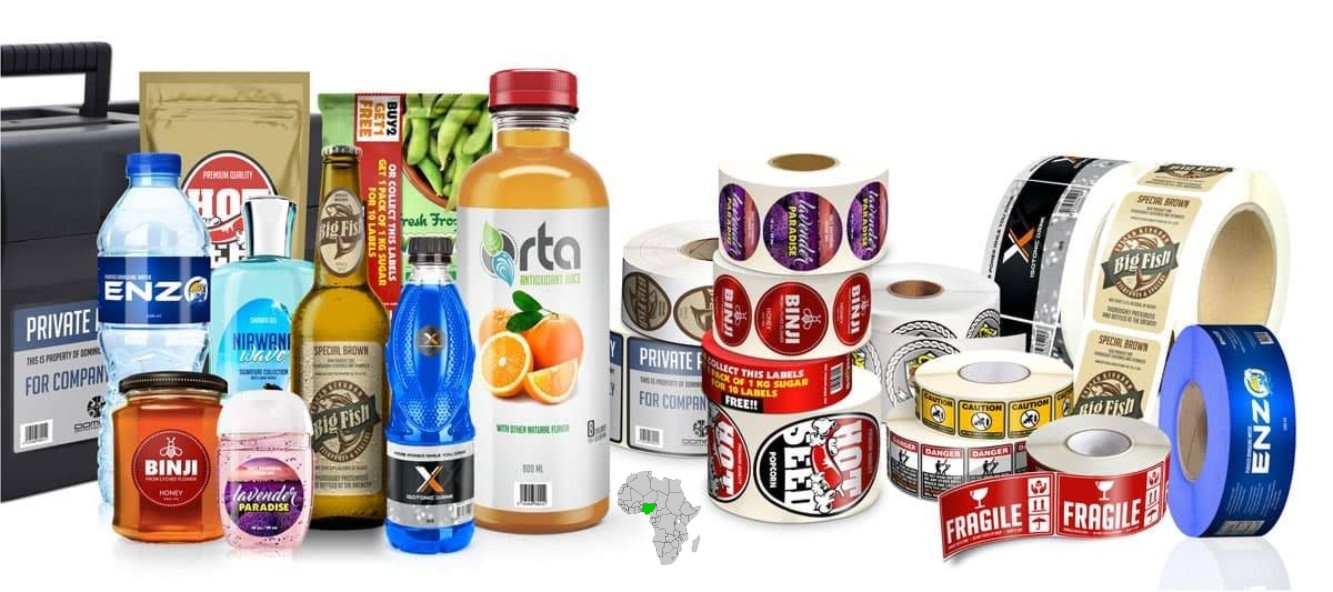The world of bottle label printing has undergone remarkable changes over the years. From simple hand-written tags to advanced digital printing, the journey has been transformative. This evolution has not only improved the quality and durability of labels but also enhanced their aesthetic appeal and functionality. Let’s explore how this technology has progressed and shaped the industry.
Early Beginnings of Label Printing
In the early days, bottle labels were far from what we see today. They were often handwritten or stamped directly onto the container. This method was time-consuming and lacked consistency. As demand for bottled products grew, especially in the beverage and pharmaceutical industries, the need for more efficient labeling solutions became evident.
The introduction of lithography in the 19th century marked a significant turning point. This technique allowed for mass production of labels with consistent quality. Early lithographic labels were simple, featuring basic text and minimal designs. However, they laid the foundation for more advanced printing methods. The shift from manual to mechanical printing was a game-changer, enabling businesses to meet growing consumer demands.
The Rise of Flexographic Printing
Flexographic printing emerged as a popular choice for bottle label printing in the mid-20th century. This method uses flexible relief plates and fast-drying inks, making it ideal for high-speed production. It became widely adopted for its ability to print on various materials, including paper, plastic, and foil.
One of the key advantages of flexographic printing is its cost-effectiveness for large runs. It also allows for vibrant colors and intricate designs, which are essential for capturing consumer attention. Over time, advancements in plate technology and ink formulations have further improved print quality and durability. Despite the rise of newer technologies, flexographic printing remains a staple in the industry due to its versatility and efficiency.
Digital Printing: A Game-Changer
The advent of digital printing revolutionized the bottle label printing industry. Unlike traditional methods, digital printing does not require plates or lengthy setup times. This makes it perfect for short runs and customized labels. Businesses can now easily create unique designs tailored to specific markets or events.
Digital printing also offers unparalleled precision and color consistency. It supports a wide range of materials and finishes, including matte, glossy, and textured effects. Additionally, it enables quick turnaround times, which is crucial in today’s fast-paced market. As consumer preferences shift towards personalized and limited-edition products, digital printing has become an indispensable tool for brands.
Sustainability in Label Printing
With growing environmental concerns, the bottle label printing industry has embraced sustainable practices. Manufacturers are now using eco-friendly materials such as recycled paper and biodegradable films. Water-based inks, which are less harmful to the environment, have also gained popularity.
Moreover, advancements in technology have reduced waste during the printing process. Digital printing, for instance, minimizes ink and material usage compared to traditional methods. Many companies are also adopting modular designs that allow for easy recycling of labels and bottles. These efforts not only benefit the planet but also resonate with eco-conscious consumers.
Innovations in Label Materials
The materials used for bottle labels have evolved significantly over the years. Early labels were primarily made of paper, which was prone to damage from moisture and handling. Today, labels are crafted from a variety of durable materials, including synthetic films and metalized substrates.
These modern materials offer enhanced resistance to water, heat, and chemicals, ensuring labels remain intact throughout the product’s lifecycle. Some labels even incorporate smart features, such as QR codes and NFC tags, which provide additional information or interactive experiences for consumers. The choice of material plays a crucial role in determining the label’s functionality and appeal.
The Role of Automation in Label Printing
Automation has transformed the bottle label printing process, making it faster and more efficient. Modern printing machines are equipped with advanced sensors and software that ensure precise alignment and consistent quality. Automated systems also reduce the need for manual intervention, minimizing errors and downtime.
In addition to improving production speed, automation enables better inventory management. Businesses can now track label usage in real-time and reorder supplies as needed. This level of efficiency is particularly beneficial for companies with high-volume production requirements. As technology continues to advance, the role of automation in label printing is expected to grow even further.
Customization and Personalization Trends
Consumer demand for personalized products has driven innovation in bottle label printing. Brands are now offering customized labels that cater to individual preferences or special occasions. This trend is particularly evident in the beverage industry, where personalized bottles are often used for weddings, corporate events, and promotions.
Digital printing has played a key role in enabling this trend. It allows for easy customization without the need for expensive setup changes. Some companies are even leveraging data analytics to create targeted designs that resonate with specific customer segments. As personalization continues to gain traction, it is likely to shape the future of label printing.
Challenges and Future Prospects
Despite its many advancements, the bottle label printing industry faces several challenges. Rising material costs and environmental regulations are putting pressure on manufacturers to find cost-effective and sustainable solutions. Additionally, the need for faster turnaround times and higher quality standards is driving continuous innovation.
Looking ahead, the industry is expected to embrace emerging technologies such as 3D printing and augmented reality. These innovations have the potential to further enhance label design and functionality. As consumer preferences evolve, the ability to adapt and innovate will remain critical for success in this dynamic field.
Conclusion
The evolution of bottle label printing technology reflects the broader trends in manufacturing and consumer behavior. From humble beginnings to cutting-edge innovations, the industry has come a long way. Today, labels are not just about providing information; they are a powerful tool for branding and engagement. As technology continues to advance, the possibilities for bottle label printing are virtually limitless. The future promises even greater creativity, efficiency, and sustainability, ensuring that labels remain an integral part of the product experience.
Visit Our Website: https://cbdpackagingstore.com/custom-bottle-labels/

